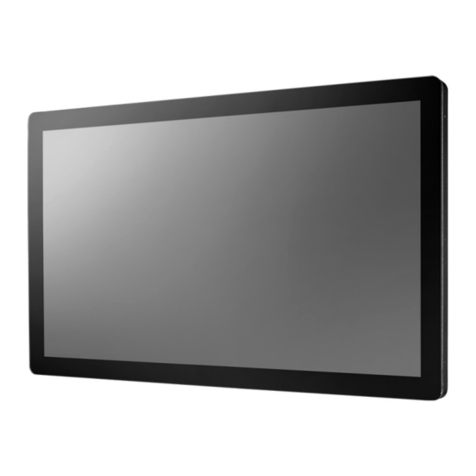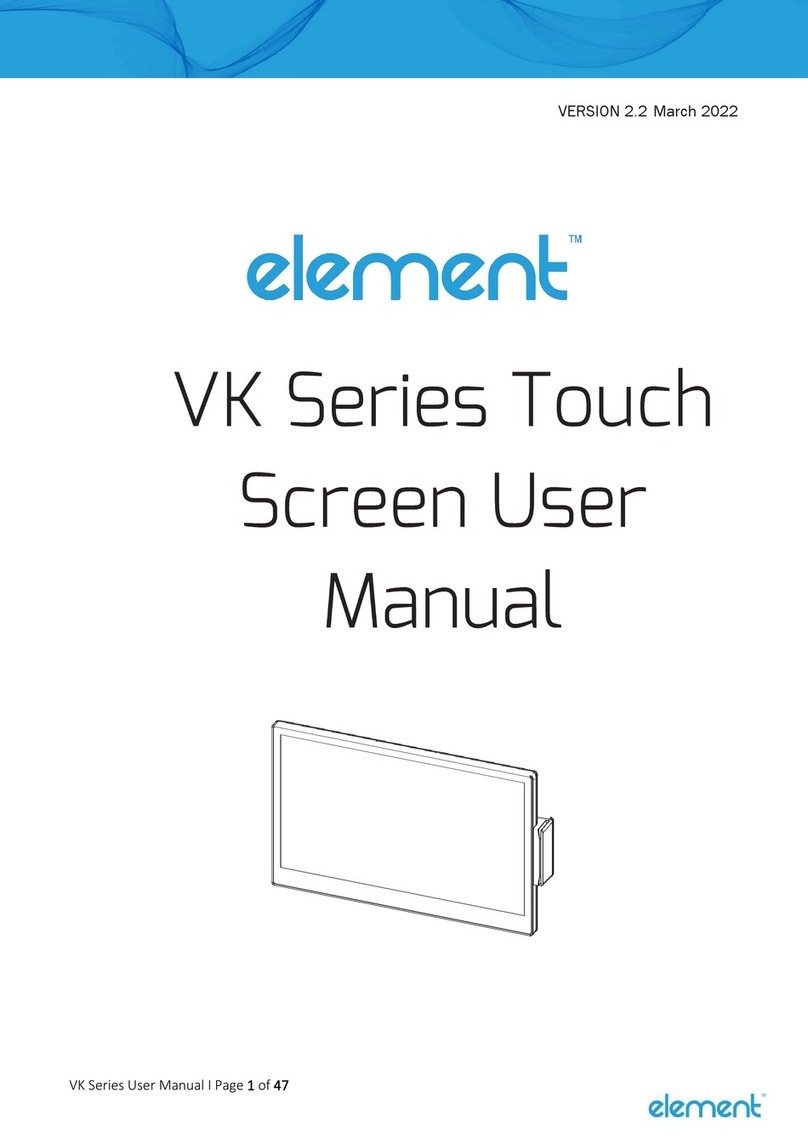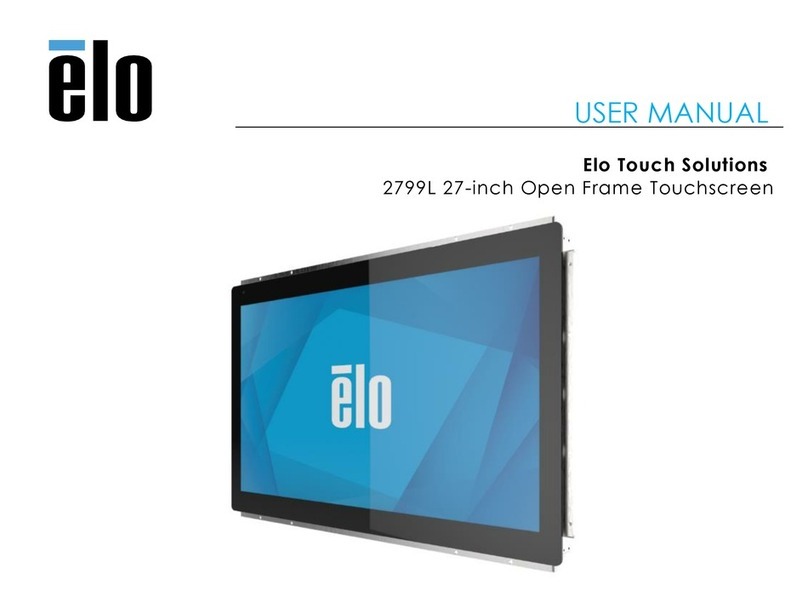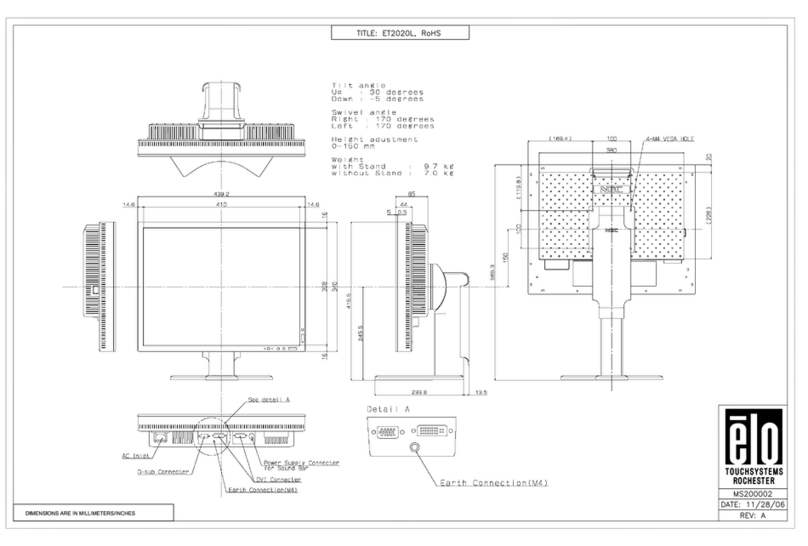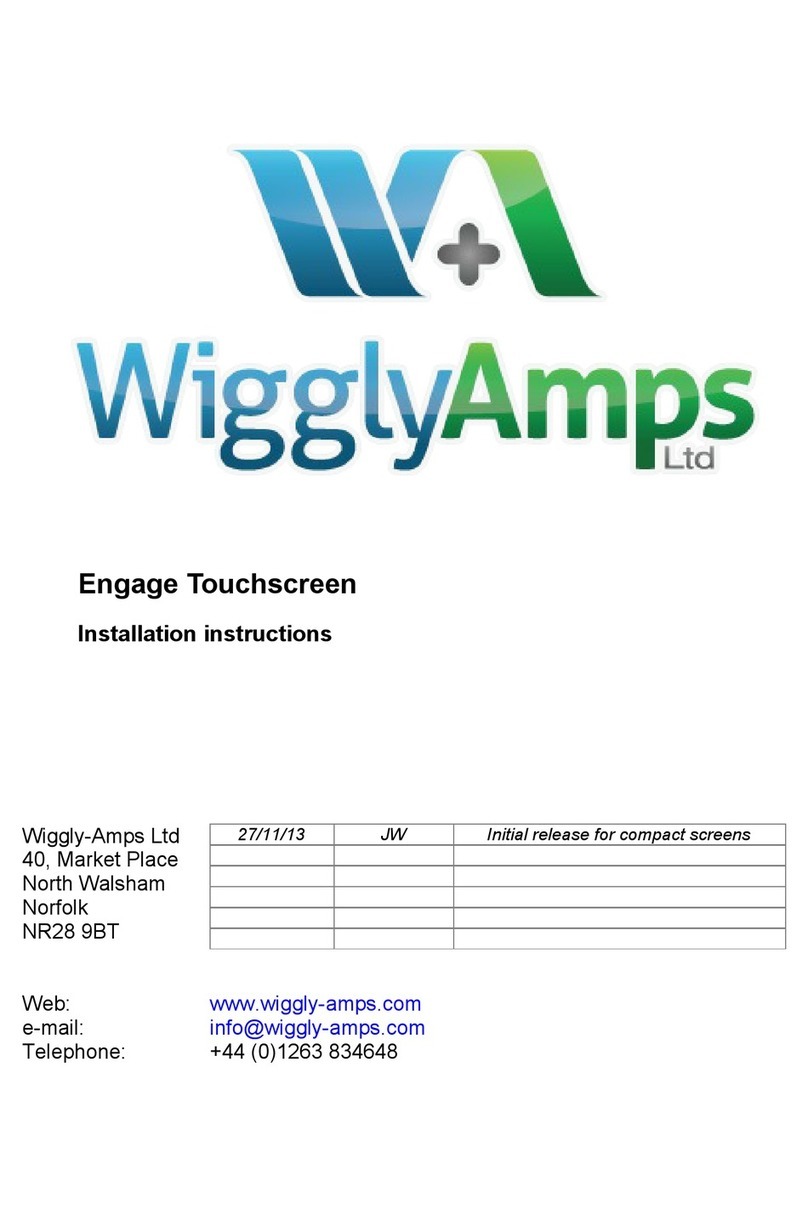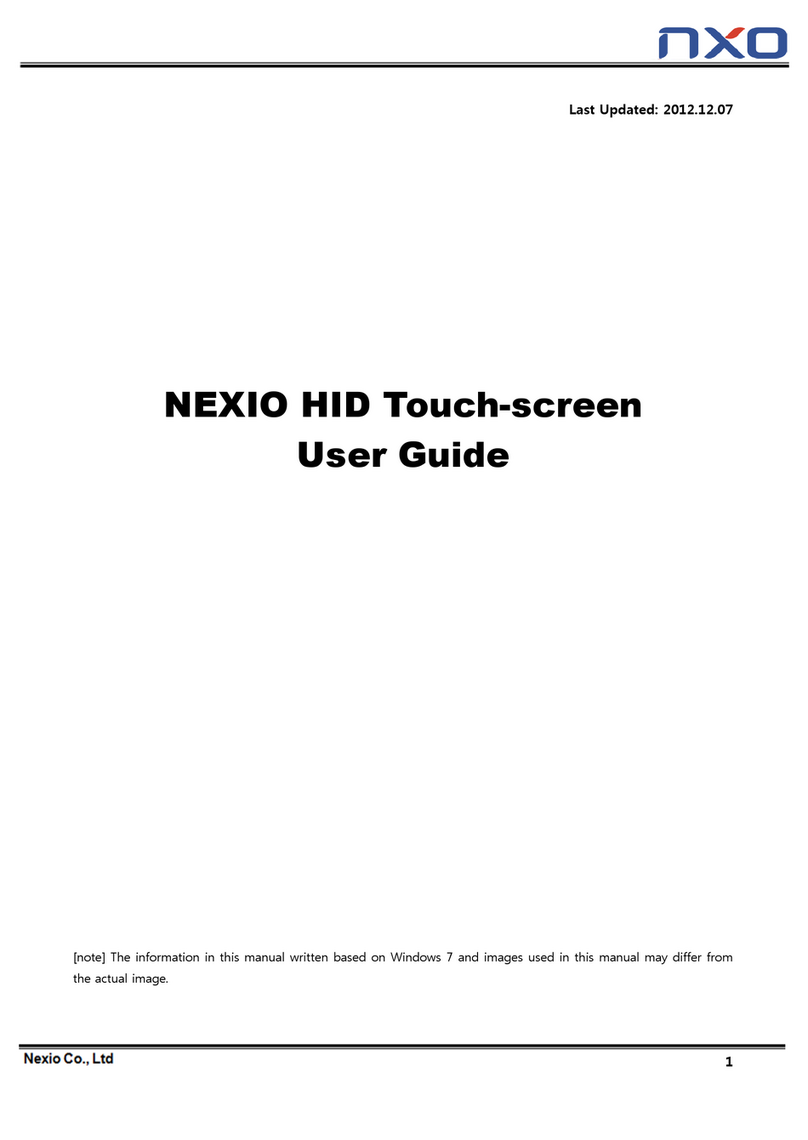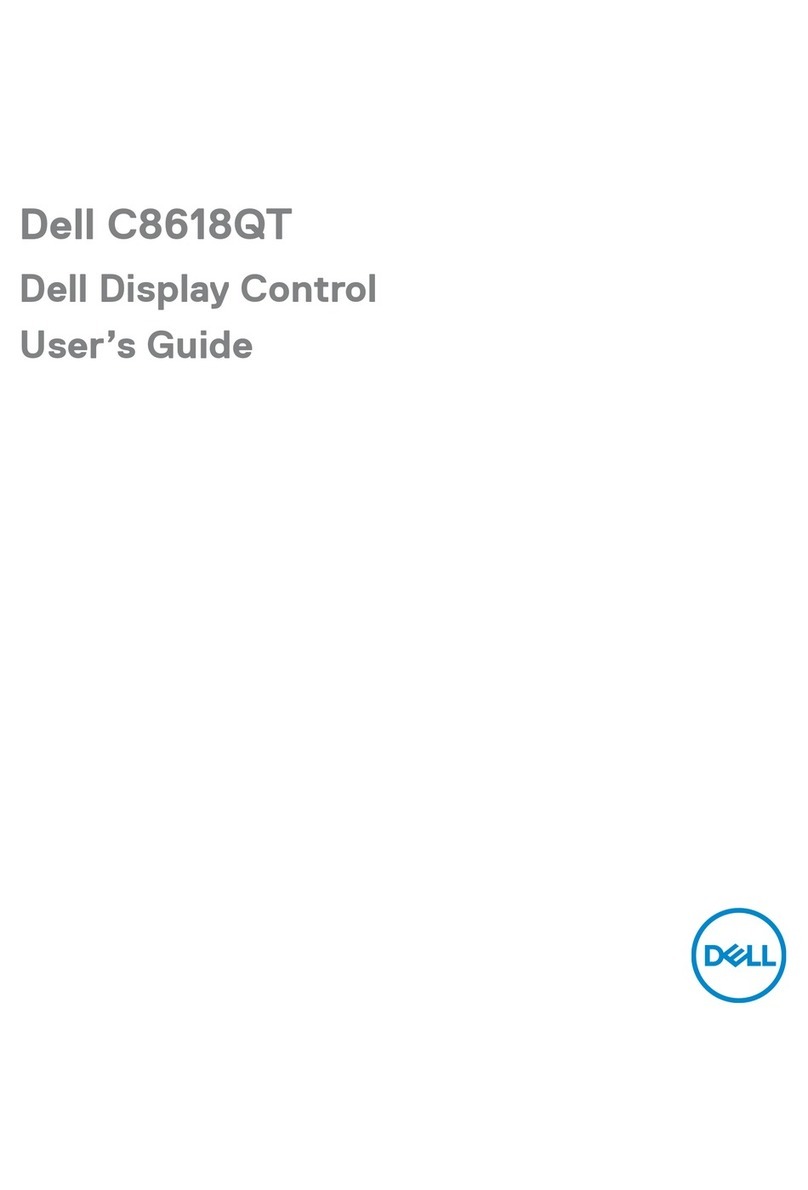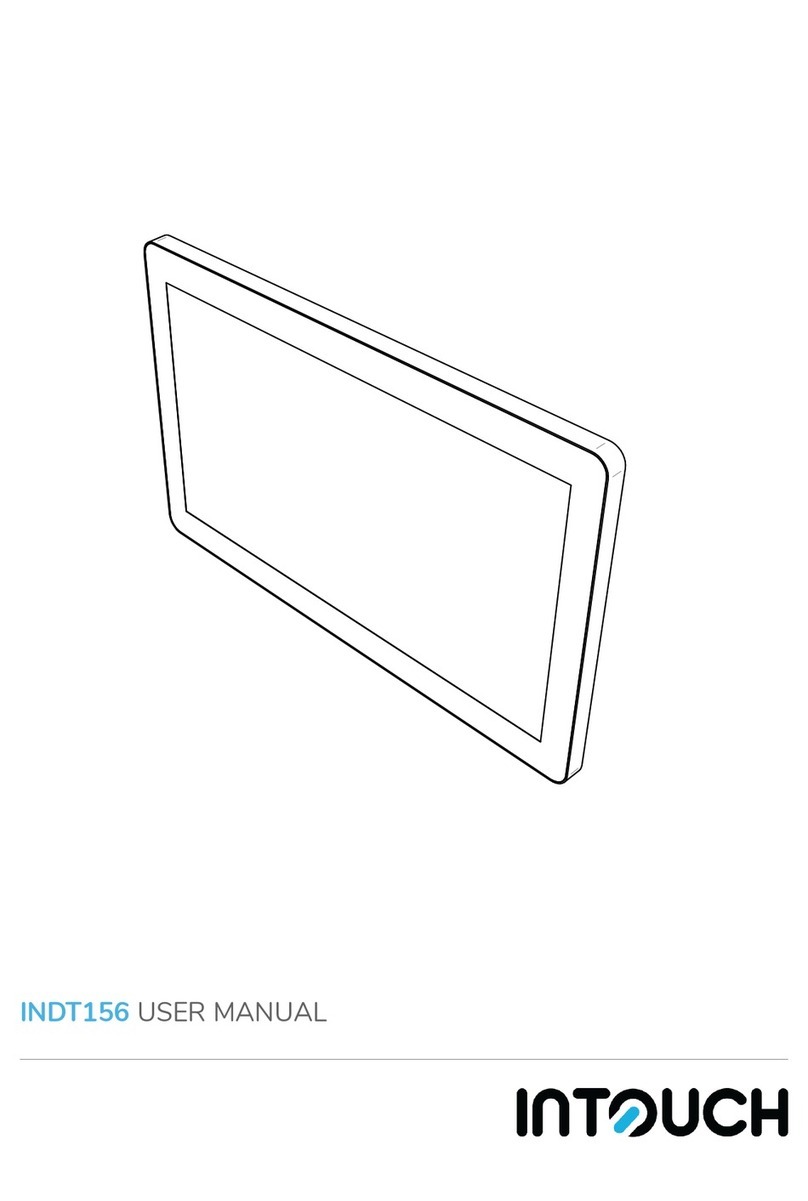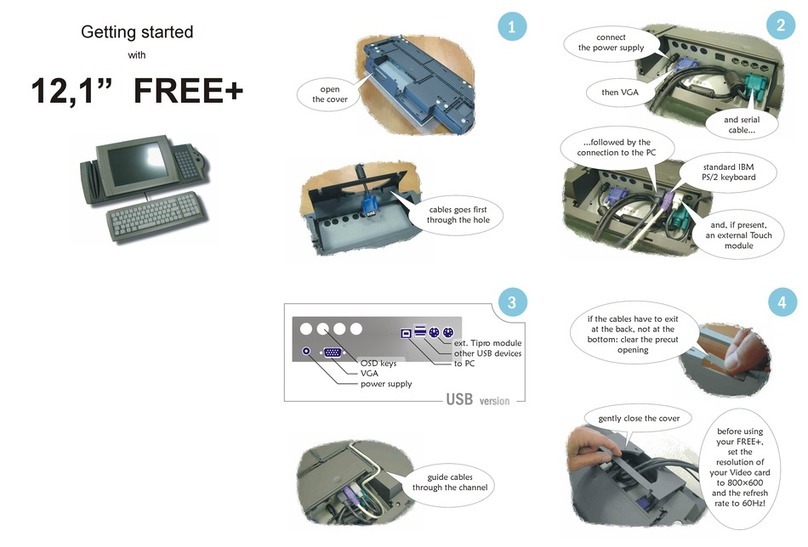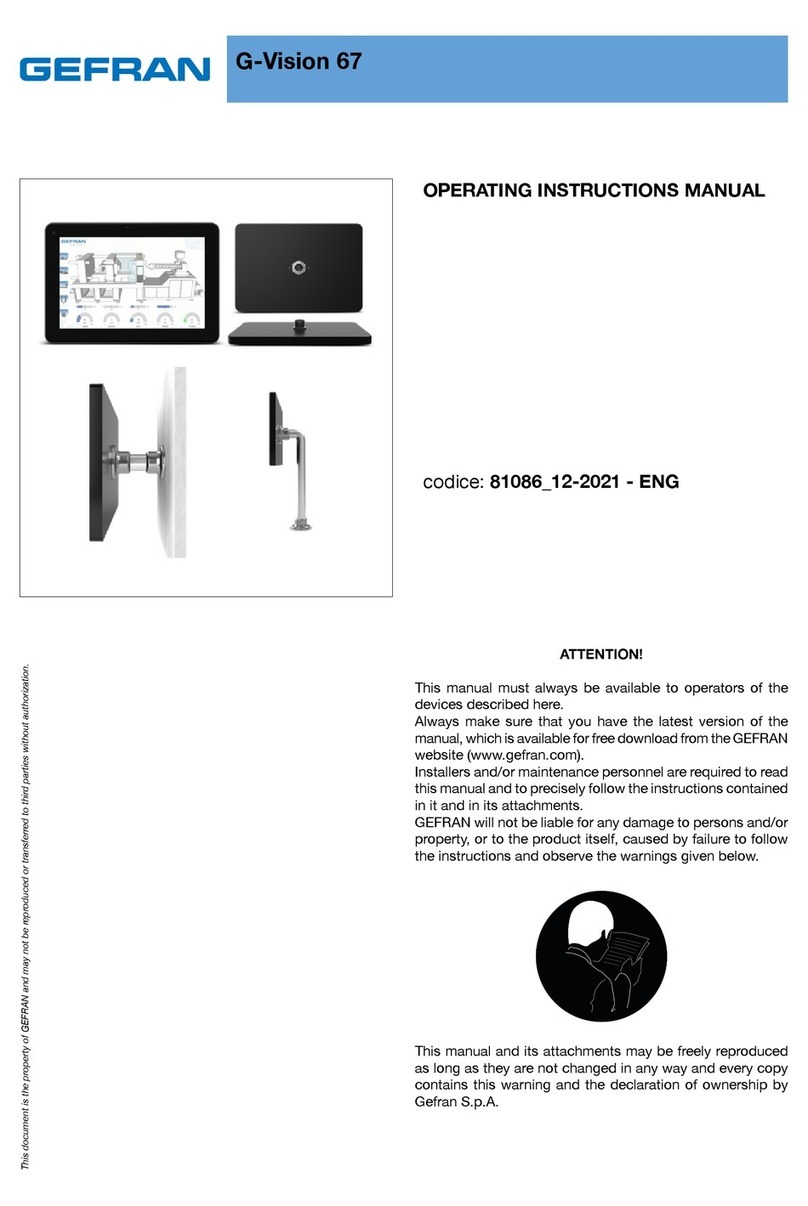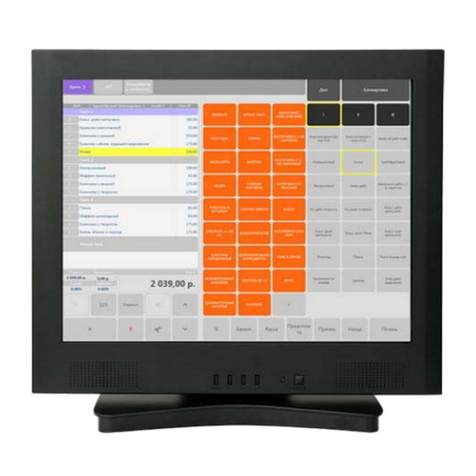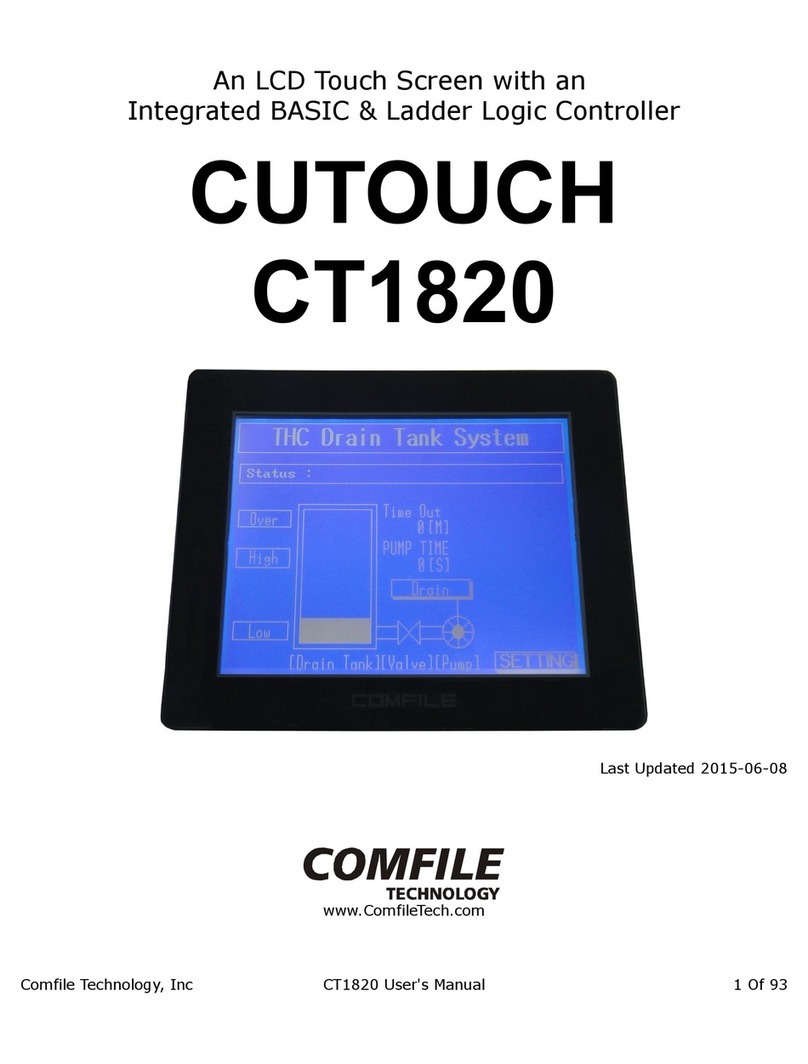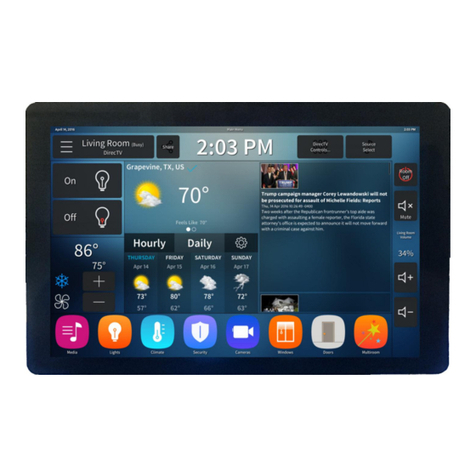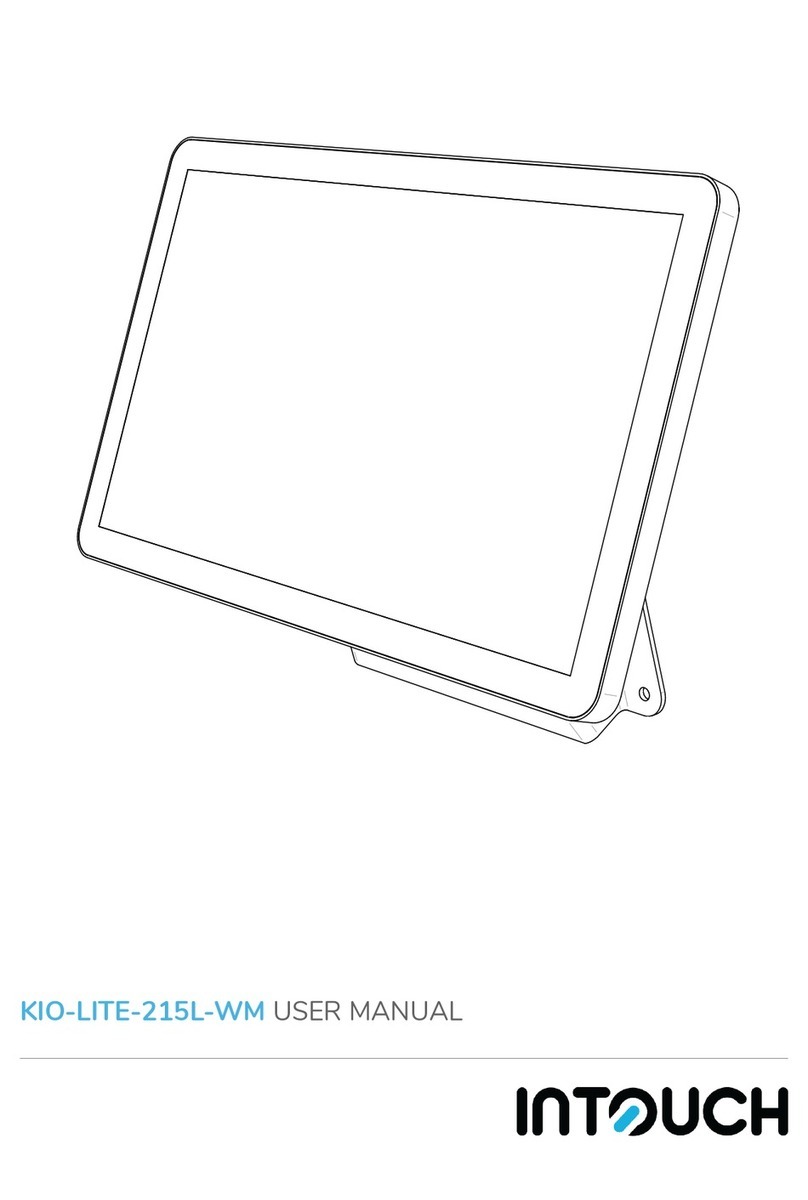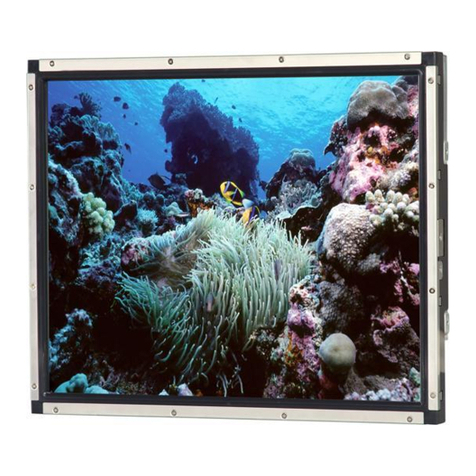www.leadingtouch.com 2/27
INDEX
Chapter1 .............................................................................. 3
INTRODUCTION .................................................................3
Product Description........................................................3
Precautions ..................................................................3
About the Product..........................................................3
Chapter 2 ............................................................................. 5
INSTALLATION AND SETUP..................................................5
Unpacking Your Touchmonitor .........................................5
Touch Interface Connection.............................................6
Installing the Driver Software..........................................8
Chapter 3 ........................................................................... 15
OPERATION..................................................................... 15
About Touchmonitor Adjustments .................................. 15
Using the On-Screen Display (OSD) Menus ..................... 15
OSD Menu Function ..................................................... 16
Preset Modes.............................................................. 18
Power Management System .......................................... 18
Chapter 4 ........................................................................... 20
TROUBLESHOOTING ......................................................... 20
Solutions to Common Problems..................................... 20
Appendix A......................................................................... 22
NATIVE RESOLUTION........................................................ 22
Appendix B......................................................................... 24
TOUCHMONITOR SAFETY................................................... 24
Care and Handling of Your Touchmonitor......................... 24
Appendix C......................................................................... 26
TECHNICAL SPECIFICATIONS............................................. 26
Compatible Video Modes............................................... 26
